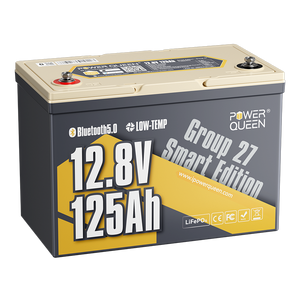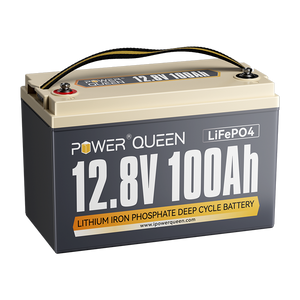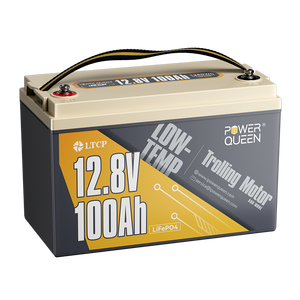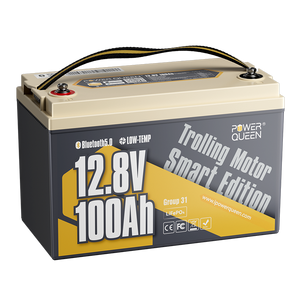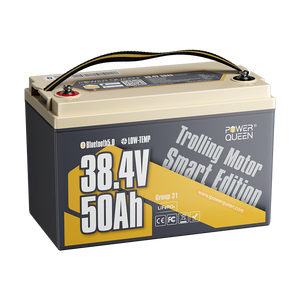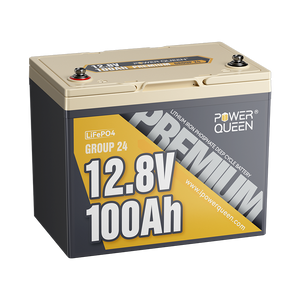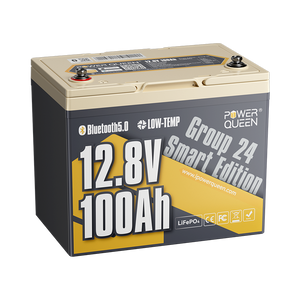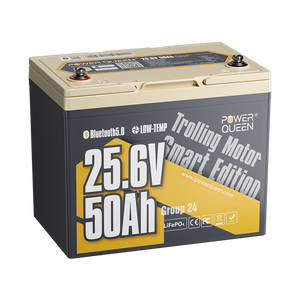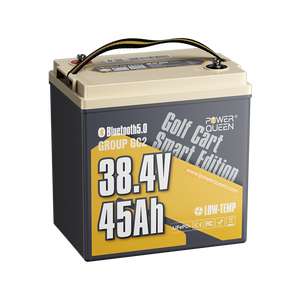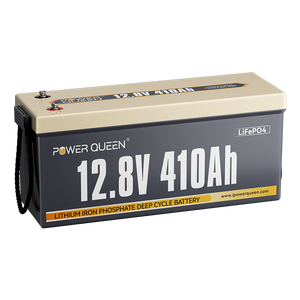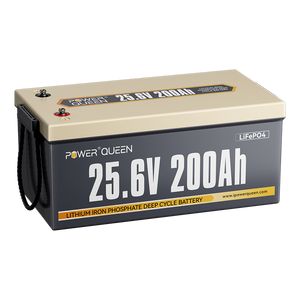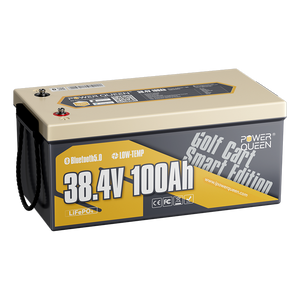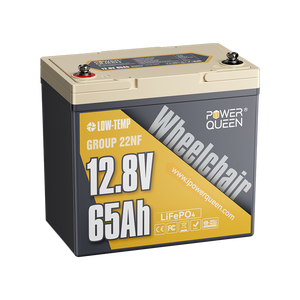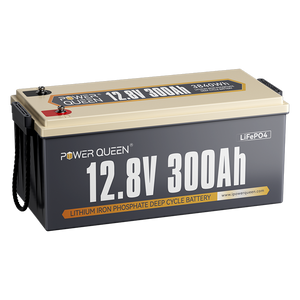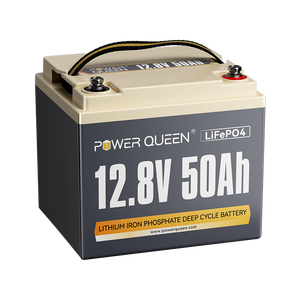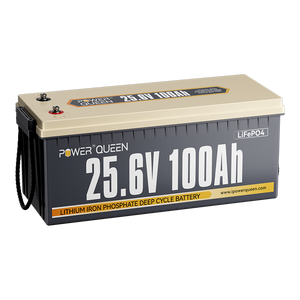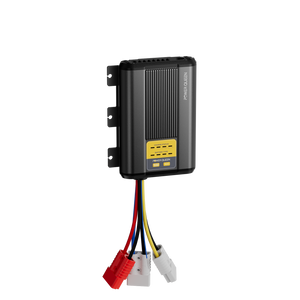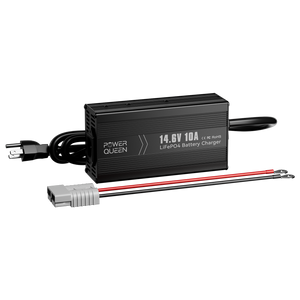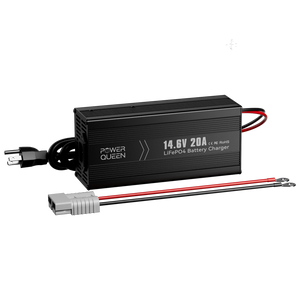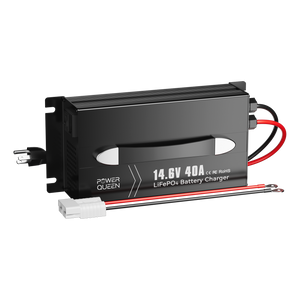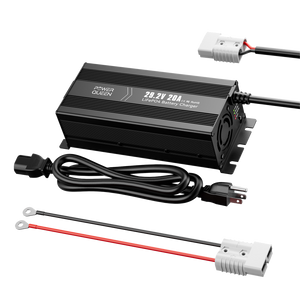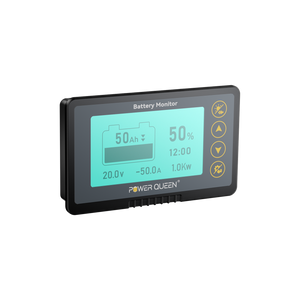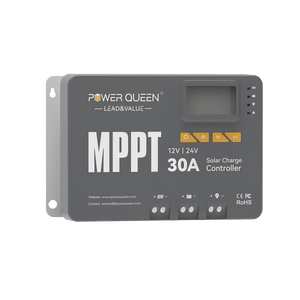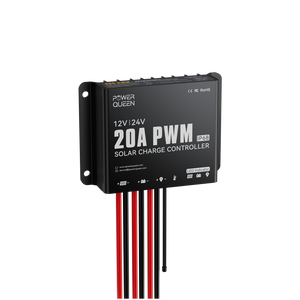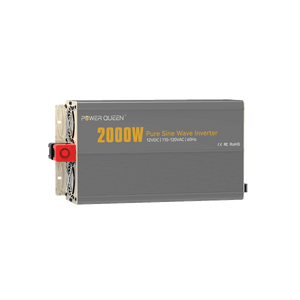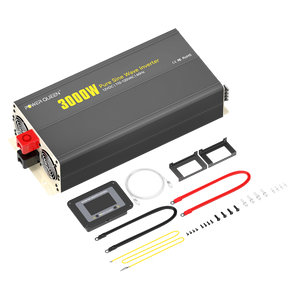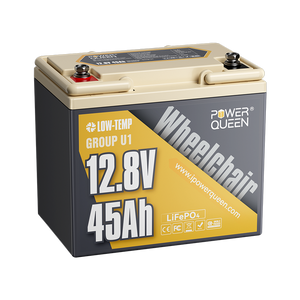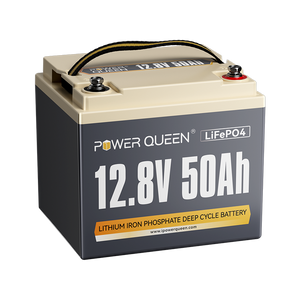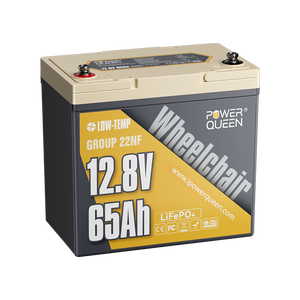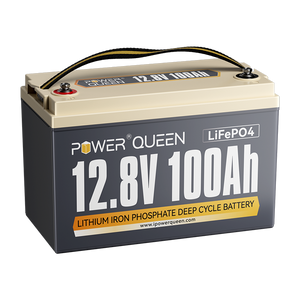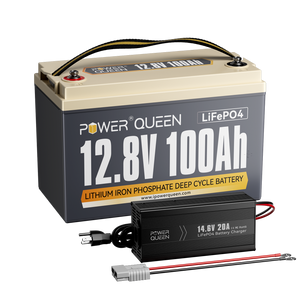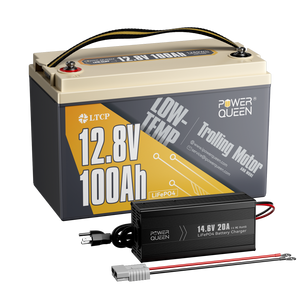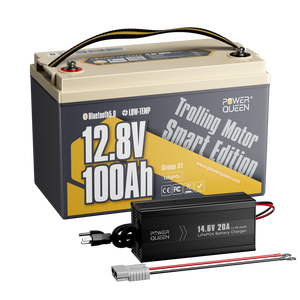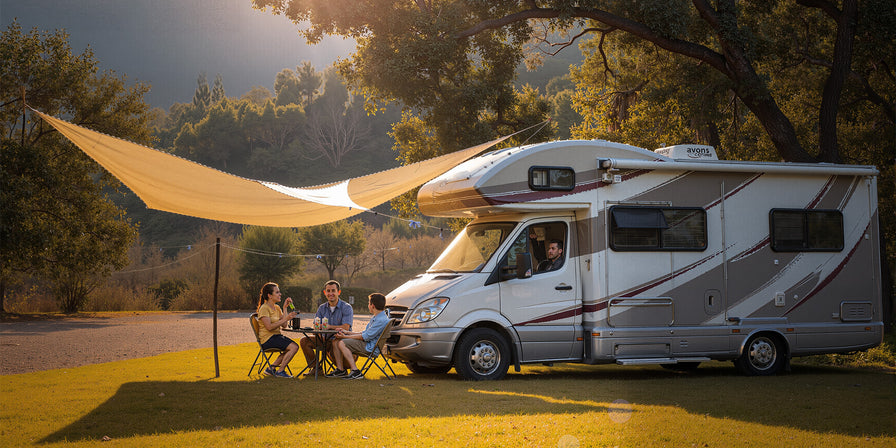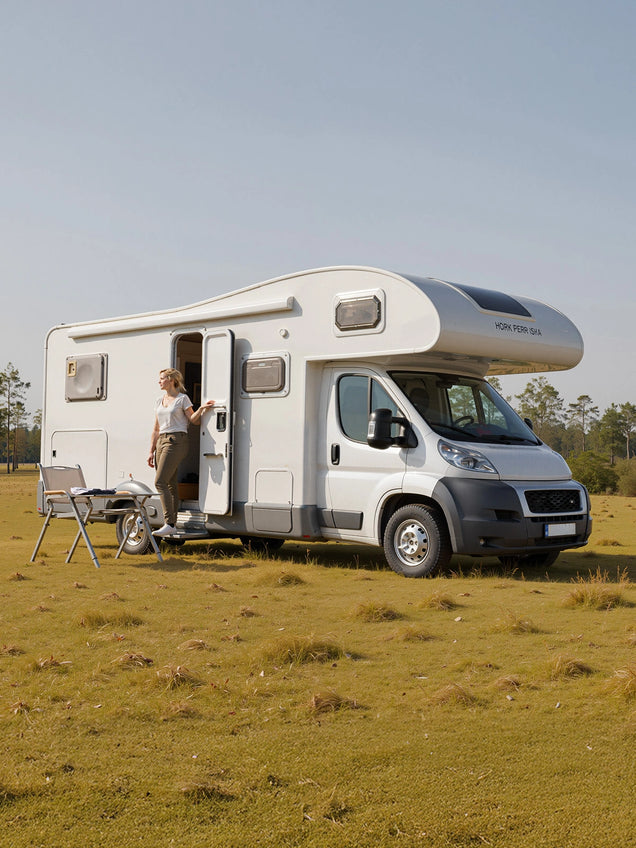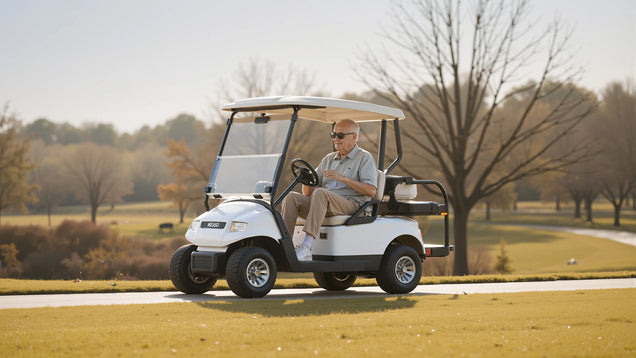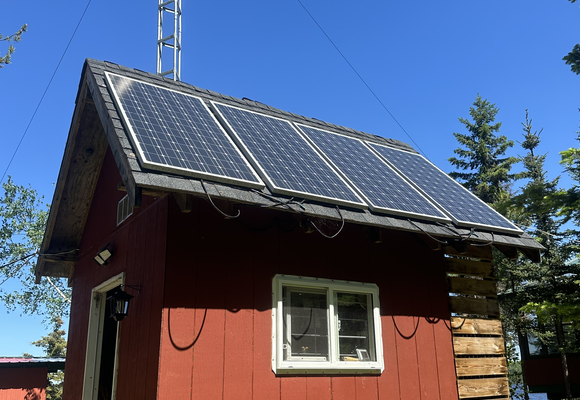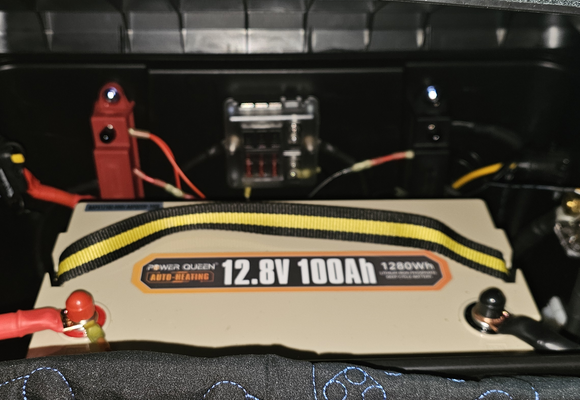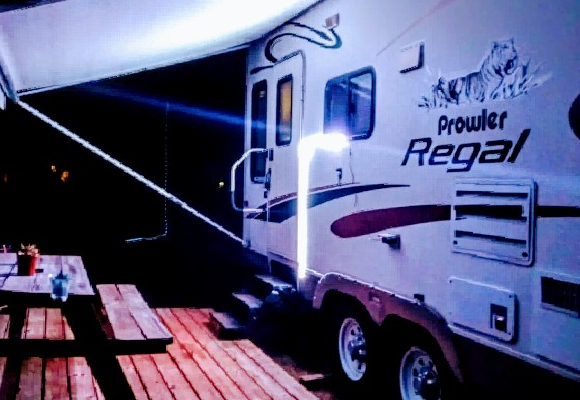[2026] What Does A DC-DC Battery Charger Do
In this article, we will delve into the world of DC to DC chargers to provide you with a comprehensive understanding of their importance and functionality. Whether you have recently installed a dual battery system or are considering one, we will explore the necessity of DC to DC chargers. Stay tuned to discover the essentials of these chargers and determine if they are an essential component for your setup.
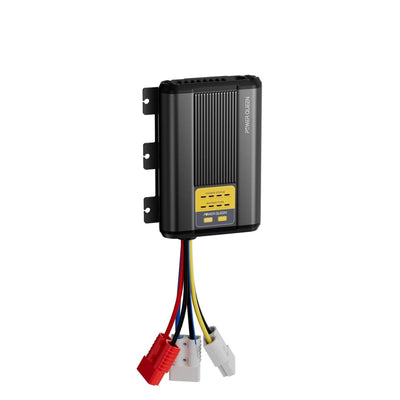

DC VS AC
DC (Direct Current) and AC (Alternating Current) are two different types of electrical currents commonly used in electrical systems.
DC refers to a steady flow of electric charge in one direction. It is typically produced by batteries, fuel cells, or solar cells. The voltage in a DC circuit remains constant, which makes it suitable for certain applications like electronics, automotive systems, and low-voltage devices. In RV systems, the batteries are mainly direct current.
On the other hand, AC refers to an electric current that periodically changes direction, typically at a frequency of 50 or 60 Hz. AC is generated by power stations and transmitted through power lines. AC voltage changes its polarity, resulting in a sinusoidal waveform. This alternating nature of AC current makes it suitable for long-distance power transmission and a wide range of household appliances.
So What is A DC to DC Charger
A DC to DC charger is a device that converts the voltage from a DC power source (such as a battery, solar panel, or alternator) to a different voltage level that is suitable for charging another battery or device. It is commonly used in dual battery systems where one battery is charged by the vehicle's alternator (starting battery), and the other battery is used for auxiliary power needs (service battery). DC to DC chargers ensure a more efficient and controlled charging process, preventing overcharging and undercharging of batteries.
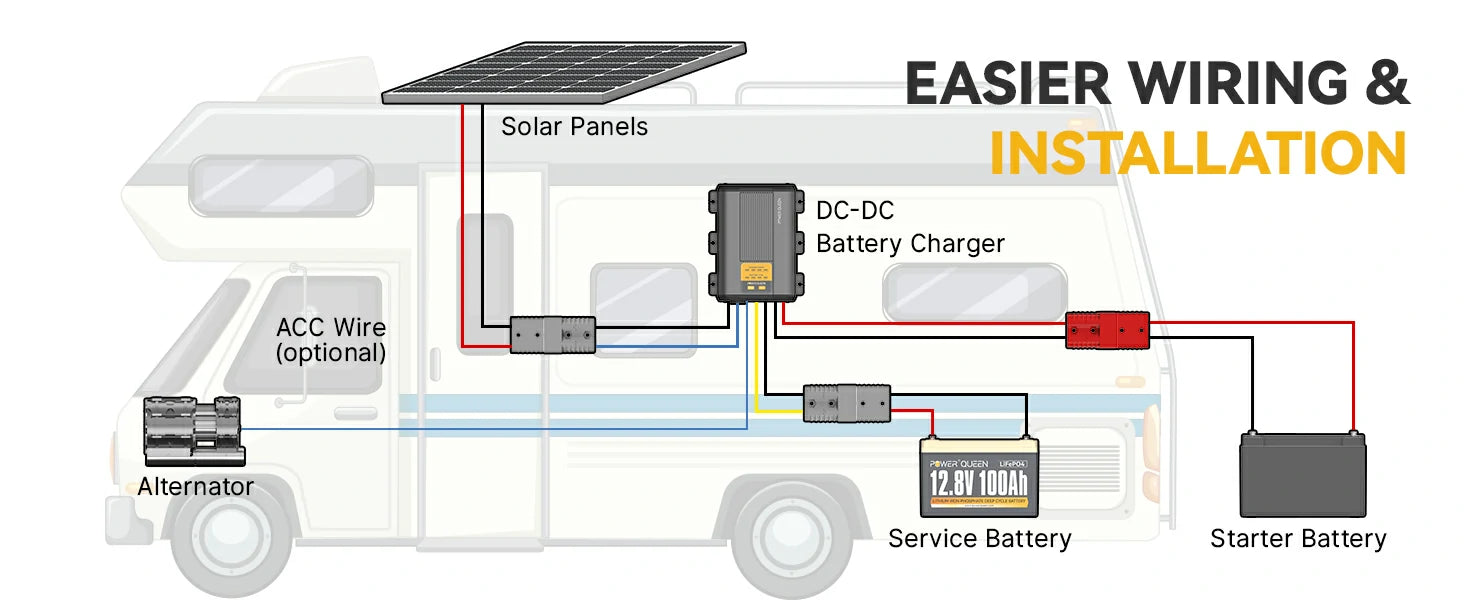
How Do DC to DC Chargers Work
DC to DC chargers, also known as DC converters or voltage regulators, work by converting the input DC voltage to a different output voltage level. They are commonly used to charge batteries or power different devices that require a specific voltage level.
Here is a general overview of how DC to DC chargers work:
- 1.Input Voltage: The DC to DC charger receives a DC input voltage from a power source such as a vehicle's battery or a solar panel. The input voltage level generally needs to be higher than the desired output voltage.
- 2.Regulation: The charger employs a regulation circuit to stabilize the input voltage and ensure a consistent output voltage. This circuitry may include components like capacitors, inductors, and transistors.
- 3.Conversion: The regulated input voltage is then converted to the desired output voltage level using a voltage converter circuit. There are several types of voltage converter topologies used, including buck converters, boost converters, and buck-boost converters.
- 4.Filtering and Regulation: After the conversion, the charger employs filtering techniques, such as using capacitors and inductors, to smooth out the output voltage and reduce any unwanted noise or fluctuations.
- 5.Output: The regulated and filtered DC voltage is then supplied to the device or battery being charged. The charger continuously monitors the output voltage to ensure it stays within the desired range.
Overall, the main purpose of a DC to DC charger is to efficiently convert an input DC voltage to the desired output voltage, while providing stable and regulated power to the connected device or battery.
DC to DC Charger or Isolator
DC to DC chargers or isolators are devices used to charge one battery from another battery or power source with a different voltage. They are commonly used in vehicles or off-grid systems where multiple batteries need to be charged or isolated.
DC to DC chargers or isolators typically consist of a voltage converter or regulator circuitry that converts the input voltage from one battery or power source to the desired output voltage for charging another battery. These devices can step up or step down the voltage as required.
One common type of DC to DC charger is a buck-boost converter, which can both step up or step down the voltage. This allows for flexible charging between batteries with different voltage levels. Buck converters and boost converters are also commonly used, depending on the specific voltage conversion requirements.
The main purpose of a DC to DC charger or isolator is to efficiently transfer power between batteries or power sources with different voltage levels while ensuring stable and regulated charging. These devices often include protection features, such as overvoltage protection, overcurrent protection, or short-circuit protection, to ensure safe operation.
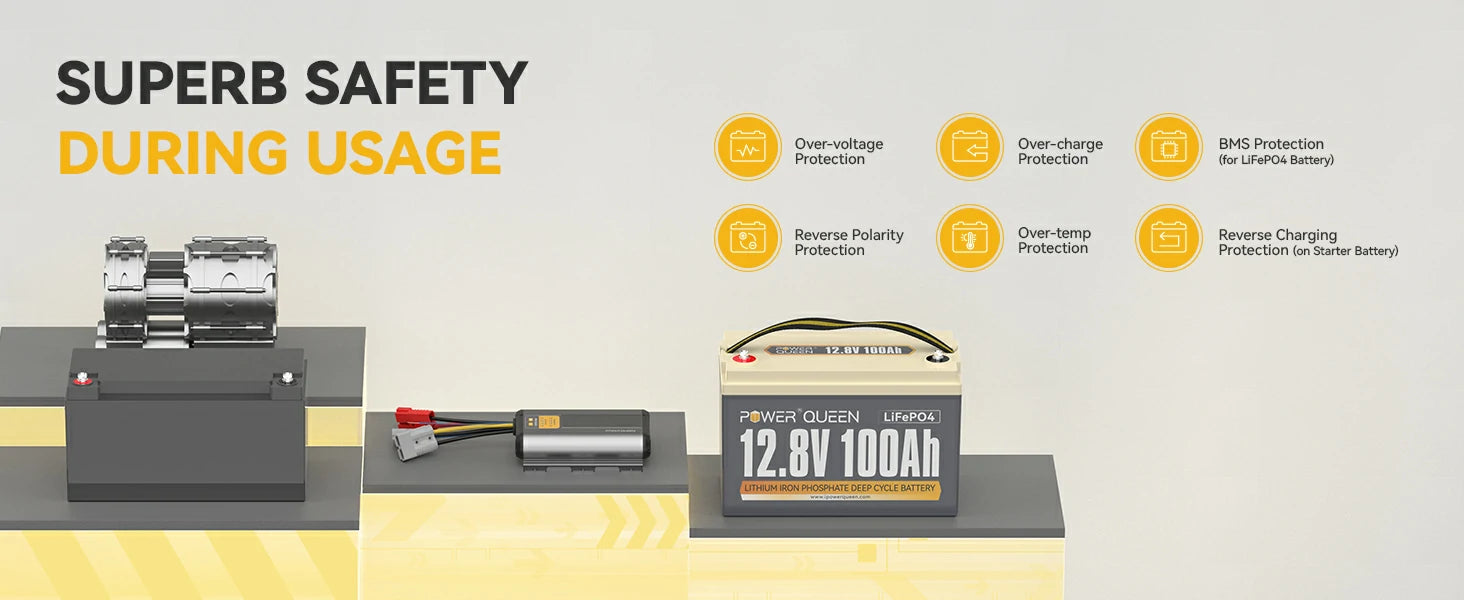
It is important to select a DC to DC charger or isolator that is compatible with the batteries and voltage levels involved. Proper installation and wiring are also crucial to ensure efficient and safe charging.
What is an On-Board DC to DC Charger?
An On-Board DC to DC Charger is a type of charger that is specifically designed to be installed and integrated directly into a vehicle's electrical system. It is used to charge the vehicle's auxiliary or secondary battery from the main battery or the vehicle's electrical system.
This type of charger is typically used in vehicles like RVs, boats, or off-grid systems where multiple batteries are present. It ensures that the auxiliary battery or batteries receive a regulated and efficient charge from the vehicle's main battery or electrical system.
The Power Queen 12V dual input DC to DC On-Board Battery Charger is a reliable and convenient solution for permanent installations. It efficiently charges your secondary batteries while you drive, using the primary battery connected to the vehicle's alternator. This system ensures that your starting battery remains a priority, eliminating any concerns about starting your vehicle. With this charger, your solar power system can now charge your service battery first, allowing you to stay fully charged and off-grid for extended periods.
DC to DC charger with Solar Input
A DC to DC charger with solar input is a device that allows you to charge a battery or power a device with solar energy by converting the DC voltage generated by solar panels to a different output voltage level.
The DC to DC charger with solar input typically incorporates a solar charge controller, which regulates and optimizes the charging process. It ensures that the solar panels are producing the right voltage and current to charge the battery efficiently and prevents overcharging or damaging the battery.
These chargers often feature multiple charging stages, such as bulk charging, absorption charging, and float charging, to maximize the battery's lifespan and maintain optimal performance. Some models also offer MPPT (Maximum Power Point Tracking) technology, which improves the conversion efficiency by finding the maximum power point of the solar panels to extract the most energy.
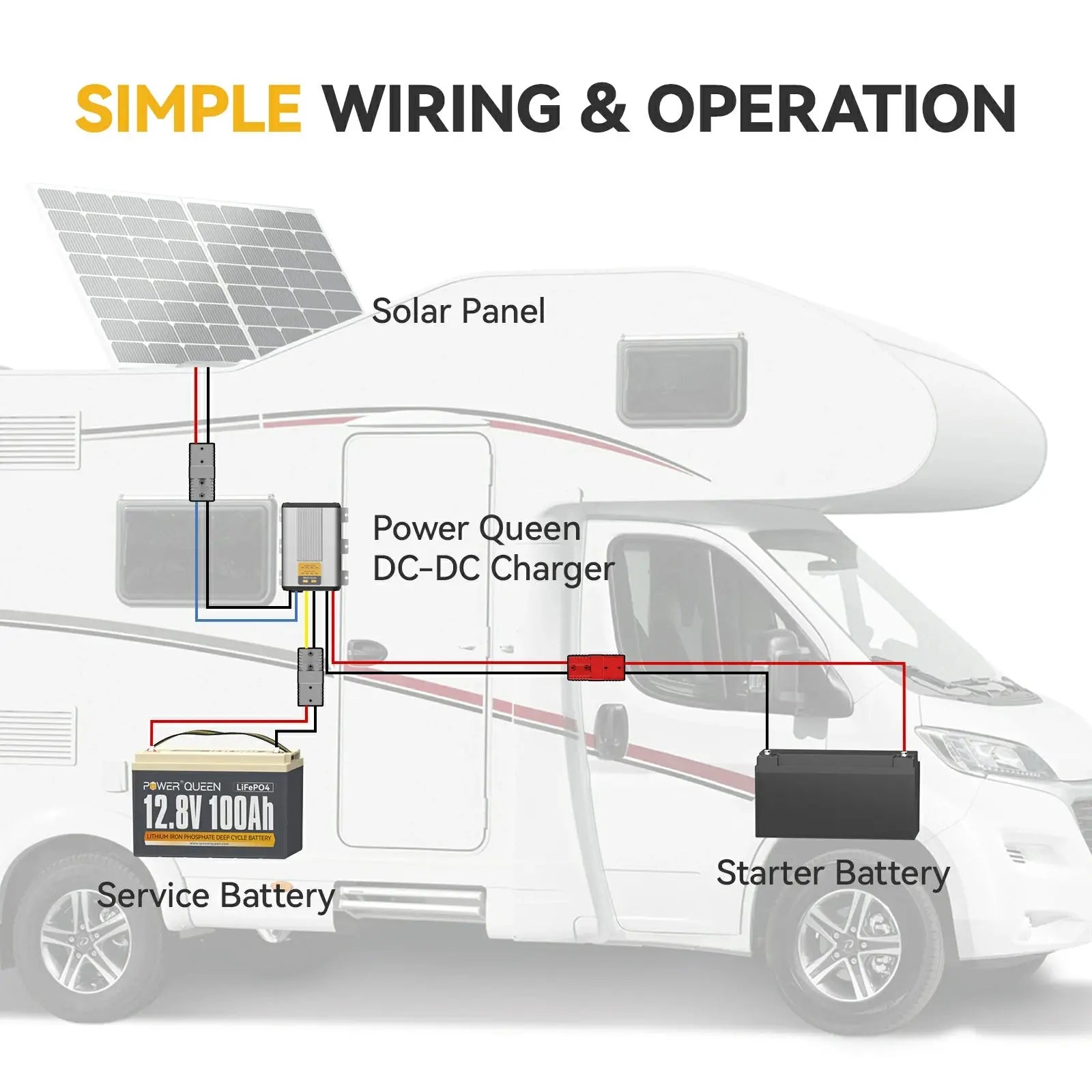
By using a DC to DC charger with solar input, you can utilize solar power to charge your batteries, reducing your reliance on the grid and providing a sustainable and renewable energy source for your charging needs.
The PowerQueen 12V DC to DC battery charger is A DC to DC charger with solar input that allows you to charge your batteries efficiently using solar energy.
What Size DC to DC Charger Do I Need?
Customers often ask us how to choose the right DC-DC Battery Charger based on their battery size. The answer is simple: for auxiliary batteries less than 100Ah, a 25A DC to DC charger is suitable regardless of the battery chemistry. However, for batteries over 100Ah, we recommend selecting the 40A model.
Is Dual Input DC TO DC Battery Charger Suitable for You?
If you've got solar panels on your RV or van and want to charge your house battery while driving, the Dual Input DC TO DC Battery Charger is perfect for you. It does the job of a battery isolator/charger and charge controller all in one, so you can replace your current charge controller.
It's also great if you need to charge an auxiliary battery that powers things like a fridge or tools in your van or truck. And even if you've got a Folding Solar Suitcase without a built-in charge controller, this charger can still juice up your battery effectively.
And here's the cool thing: if you live or travel in places with limited sunshine or during seasons when the sun isn't as bright, this charger gives you an extra boost in charging current from your alternator. So you can go on those extended boondocking adventures without worrying about adding more solar panels.
Bottom line, the Dual Input DC TO DC Battery Charger is a versatile and dependable solution. It lets you make the most of your solar panels and alternator, so you can efficiently charge your batteries in all kinds of situations.
--------------------------------------------------
You may also like
<<< What is a Battery Monitor and Why Do You Need It
